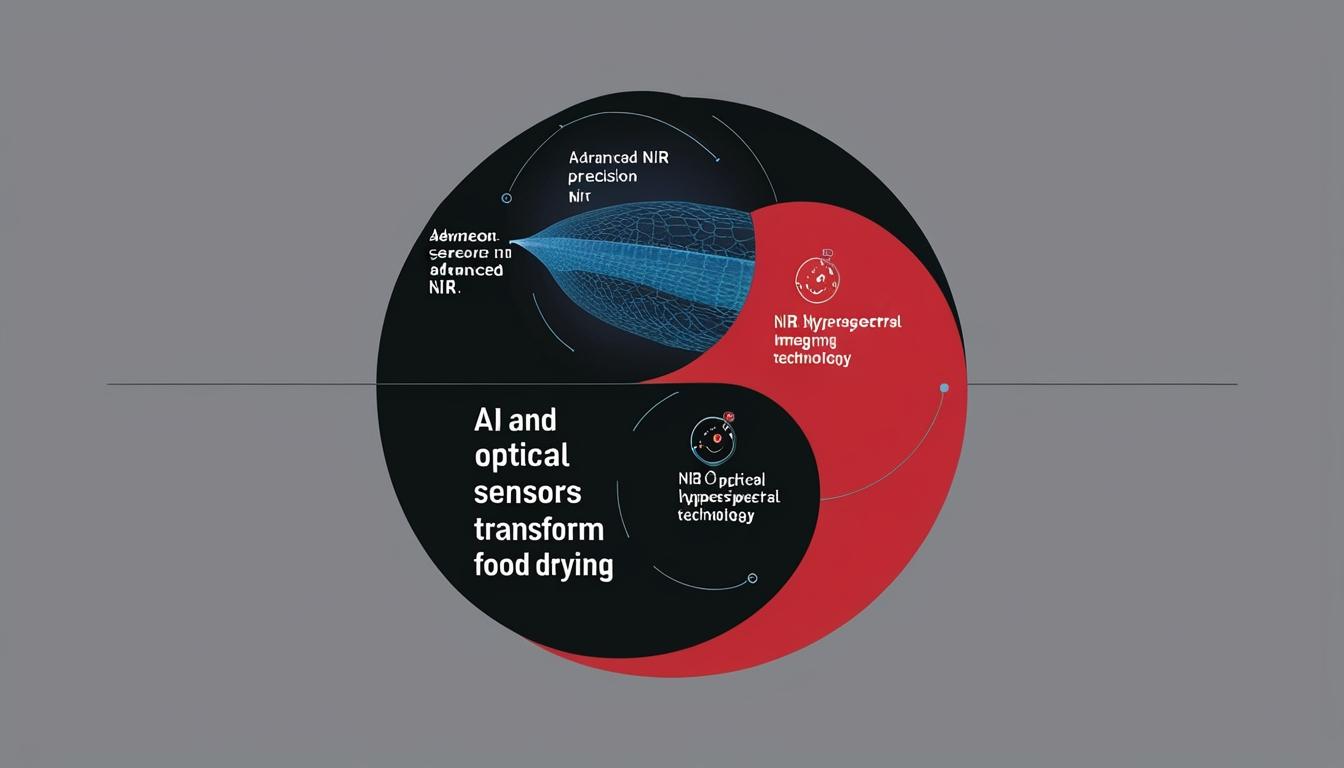Researchers at the University of Illinois Urbana-Champaign have unveiled advancements in food drying methods that integrate optical sensors and artificial intelligence (AI) to enhance efficiency and quality in food preservation. Drying is a prevalent technique used to preserve a variety of foods, but traditional methods can negatively affect both quality and nutritional value. This study sheds light on modern solutions aimed at overcoming these challenges.
The findings were presented in a research paper authored by Mohammed Kamruzzaman, an assistant professor in the Department of Agricultural and Biological Engineering, and lead author Marcus Vinicius da Silva Ferreira, a postdoctoral fellow in the same department. Speaking to Newswise, Kamruzzaman remarked, “With traditional drying systems, you need to remove samples to monitor the process. But with smart drying, or precision drying, you can continuously monitor the process in real time, enhancing accuracy and efficiency.”
The study explores three emerging smart drying techniques that leverage advanced optical sensing systems: RGB imaging with computer vision, near-infrared (NIR) spectroscopy, and near-infrared hyperspectral imaging (NIR-HSI). Each method offers unique capabilities, applications, and limitations. The paper also provides insights into standard industrial drying practices, including freeze drying, spray drying, microwave drying, and hot-air oven drying, which can be integrated with these precision monitoring tools.
Ferreira explained the functionalities of the different systems, noting that RGB imaging employs standard cameras to capture visible light and assess surface characteristics like size and colour. However, this method does not provide moisture content readings. In contrast, NIR spectroscopy is capable of measuring internal qualities, including moisture levels, by analysing the absorbance of near-infrared light at various wavelengths. Yet, it requires one-point scans for each sample, which can lead to inaccuracies as the drying process alters the product's shape.
NIR-HSI is highlighted as the most advanced technique, offering comprehensive scanning of a product's surface to deliver detailed, three-dimensional data about drying rates and characteristics. Despite its superiority, NIR-HSI comes with significant costs, ranging from 10 to 20 times more than NIR sensors and over 100 times the cost of RGB cameras. Additionally, the complexity of the data collected demands higher maintenance and computational resources.
The researchers created a convective heat oven to assess the effectiveness of these methods, initially combining RGB imaging with NIR spectroscopy, and later integrating NIR-HSI for comprehensive testing. They plan to release additional findings in a future publication.
Their research indicates that the amalgamation of RGB imaging, NIR spectroscopic sensors, and NIR-HSI with AI may signal a transformative approach to food drying, allowing for real-time monitoring and overcoming limitations of traditional methods. They anticipate that the evolution of portable, handheld NIR-HSI devices will further enhance continuous monitoring capabilities across various environments.
The paper, titled “AI-Enabled Optical Sensing for Smart and Precision Food Drying: Techniques, Applications and Future Directions,” has been published in Food Engineering Reviews. The study received financial backing from the Centre for Advanced Research in Drying (CARD), an Industry University Cooperative Research Center supported by the U.S. National Science Foundation, with affiliations at Worcester Polytechnic Institute and the University of Illinois at Urbana-Champaign.
Source: Noah Wire Services
